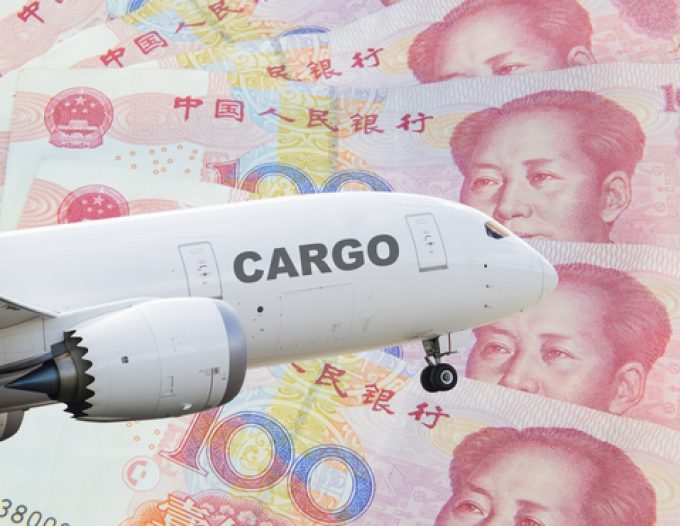Will a little prick burst air cargo's bubble?
Don’t mention tariffs
BA: WIND OF CHANGEMAERSK: BULLISH CALLXPO: HEDGE FUNDS ENGINEF: CHOPPING BOARDWTC: NEW RECORDZIM: BALANCE SHEET IN CHECKZIM: SURGING TGT: INVENTORY WATCHTGT: BIG EARNINGS MISSWMT: GENERAL MERCHANDISEWMT: AUTOMATIONWMT: MARGINS AND INVENTORYWMT: ECOMM LOSSESWMT: ECOMM BOOMWMT: RESILIENCEWMT: INVENTORY WATCH
BA: WIND OF CHANGEMAERSK: BULLISH CALLXPO: HEDGE FUNDS ENGINEF: CHOPPING BOARDWTC: NEW RECORDZIM: BALANCE SHEET IN CHECKZIM: SURGING TGT: INVENTORY WATCHTGT: BIG EARNINGS MISSWMT: GENERAL MERCHANDISEWMT: AUTOMATIONWMT: MARGINS AND INVENTORYWMT: ECOMM LOSSESWMT: ECOMM BOOMWMT: RESILIENCEWMT: INVENTORY WATCH

“The normality of the market is not that normal,” says Transport Intelligence (Ti) in its Q2 Air Freight Rate Tracker, as economic growth and changing global trade structures introduce uncertain and volatile factors to the air cargo market.
And Ti’s Global Volumes Index reveals global airfreight volumes in Q1 fell 6.4% from the previous quarter.
But despite a month-on-month decline in the first two months of the quarter — 9.2% in January and 6.2% in February — a strong recovery was seen in March, with global volumes up 17.4%, month on month.
Year on year, global volumes have risen 7.3%, primarily driven by the 11.3% year-on-year growth in European volumes, followed by a 7% increase in Asian airport numbers and a 4.5% rise in North America.
“Demand has clearly been perking up over the past few months,” Ti noted.
And, unsurprisingly, the intelligence company attributed this to the volumes generated by the Red Sea crisis and Chinese ecommerce, adding: “Chinese exports, beyond the e-retailers, are registered as having grown violently.”
However, it warned that global trade structures were shifting, as efforts to reduce reliance on China increased.
It explained: “The position of China in the global trading system is becoming increasingly unsustainable, and there are attempts to effectively eject it from the trading system it entered in the 1990s.”
But new protectionist measures are not likely to shift dynamics any time soon, and China remains an increasingly large presence in global trade – illustrated by the sudden entrance of its ecommerce providers into western markets over the past year.
Further, these “increasingly huge trade surpluses from China” were now diversifying from western markets into new locations in Asia and the Americas, noted Ti.
From the supply side, Ti said, ecommerce from China could be a main driver for growing freighter fleets, but one of the strongest boosts for capacity was the increase in belly freight as passenger services had grown over the past three years. Year-on-year growth of belly capacity in March alone was 20%.
“The airlines find that they can hardly keep up with that demand, and the aircraft builders cannot make them fast enough. This is a different market to that prior to 2020, one characterised by budget airlines and surplus belly freight.”
Alongside ecommerce and the Red Sea crisis, demand spikes may also be an “early sentiment of optimism, engendered by the prospect of lower interest rates and inflation in most western markets”, said Ti.
“Underlying demand conditions seem quite buoyant, but they are complex and difficult to understand. This also suggests that one or more of these factors could change rapidly, and thus affect the level of growth quite quickly.”
Indeed, Pierre van der Stichele, VP of cargo at charter broker Air Partner, told The Loadstar this month: “I’ve never seen the industry so volatile in my near-30 years in cargo.”
Comment on this article